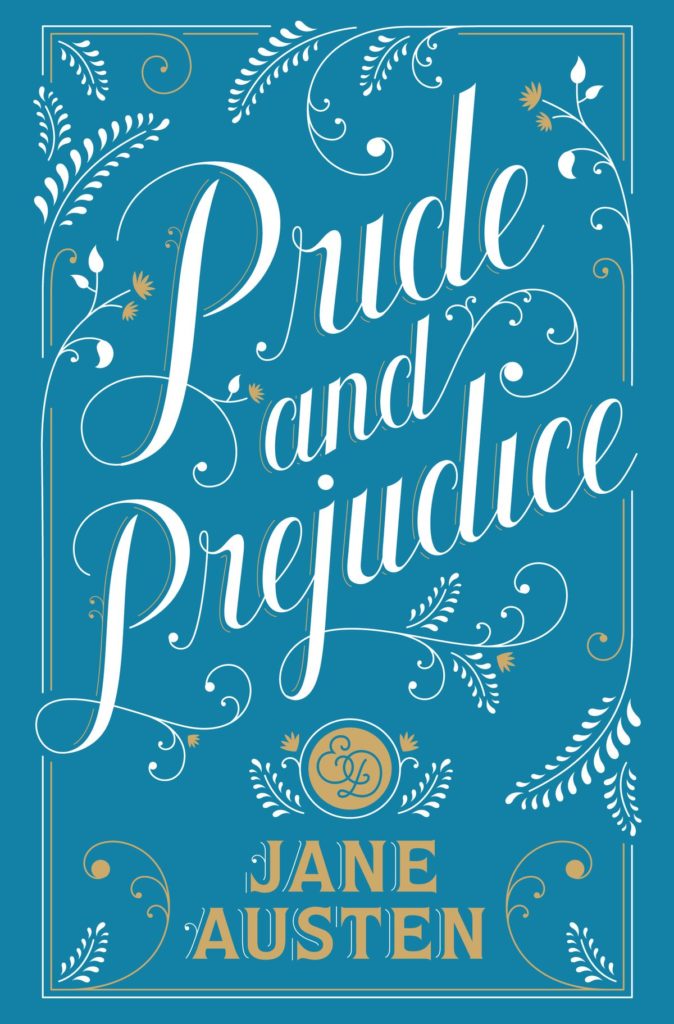Review: The Best Of Pride And Prejudice by Jane Austen

Disclaimer
This post may contain affiliate links. I will make a small commission if you make a purchase through one of these links, at no extra cost to you. See full disclosure and disclaimer policy HERE.
Here we delve into the timeless classic, Pride and Prejudice by Jane Austen. This novel has captivated readers for over two centuries, offering a window into the complexities of love, societal norms, and the power of personal growth. In this article, we will explore the key elements that make this book a literary masterpiece and discuss why it continues to resonate with readers of all ages.
Table of Contents
A Tale Of Love, Prejudice, And Society: Plot Summary
Pride and Prejudice takes us back to the early 19th century in England, where the lives of the Bennet family unfold. The story primarily revolves around Elizabeth Bennet, the second eldest of five sisters. Austen skilfully portrays the challenges faced by women during this period, emphasising the importance of marriage for economic security and social standing.
The novel showcases the societal expectations and constraints that Elizabeth and her sisters must navigate. Austen brilliantly weaves a tale of love and marriage, exploring the themes of pride and prejudice that exist within upper-class society. Through her vibrant characters and engaging plot, she highlights the consequences of hasty judgments and the transformative power of self-reflection.
Engaging Characters And Narrative
One of the remarkable aspects of Pride and Prejudice is Austen’s ability to create vivid and relatable characters. Elizabeth Bennet, the spirited and independent protagonist, stands out as a symbol of wit and intelligence. Her dynamic interactions with Mr. Darcy, the initially aloof and arrogant love interest, provide the foundation for an enthralling love story.
The supporting characters in Pride and Prejudice play a vital role in enriching the narrative and providing depth to the story. Characters like Mr. Bennet, Mrs. Bennet, Jane Bennet, and Charles Bingley contribute to the overall dynamics and themes of the novel.
Mr. Bennet, Elizabeth’s father, is portrayed as a witty and sarcastic character who often provides comic relief. His detachment from the family drama and his indulgence in irony add a layer of humour to the story.
Mrs. Bennet, on the other hand, is depicted as a dramatic and overly concerned mother, constantly seeking advantageous matches for her daughters. Her character showcases the societal pressures placed on women during that time and adds a touch of exaggerated melodrama.
Jane Bennet, Elizabeth’s older sister, is portrayed as kind, gentle, and beautiful. Her calm and reserved nature contrasts with Elizabeth’s spirited personality, highlighting the different approaches to love and marriage.
Charles Bingley, Jane’s love interest, is depicted as amiable but easily influenced by others, particularly his imposing sister Caroline Bingley. Their relationship demonstrates the impact of social class and external influences on romantic relationships.
Other supporting characters, such as the cunning George Wickham, the eccentric Mr. Collins, and the witty Charlotte Lucas, contribute to the plot’s twists and turns and provide further insight into the social dynamics and expectations of the time. Each supporting character brings their own unique perspectives, quirks, and motivations, adding depth and complexity to the overall narrative of Pride and Prejudice.
A Captivating Exploration Of Themes
Pride and Prejudice delves into several thought-provoking themes that remain relevant to this day. Austen adeptly explores the impact of social class, gender roles, and the intricate dance of courtship and marriage.
The novel challenges societal norms and sheds light on the limitations imposed on women in the pursuit of happiness. The key themes found within the pages of this literary masterpiece and uncover their enduring significance are:
Love And Marriage
One of the central themes of Pride and Prejudice revolves around the complexities of love and marriage. Austen portrays the societal expectations and pressures placed upon individuals to secure advantageous marital unions.
Through the lens of various characters, she examines the contrast between marrying for practical considerations versus marrying for love. The novel encourages us to reflect on the true nature of relationships and the importance of personal connection and compatibility in forging lasting partnerships.
Social Class And Status
Austen also skilfully explores the theme of social class and its influence on individuals’ lives. In the novel, characters from different social classes interact and clash, highlighting the divisions and prejudices that exist within society.
Through the characters of Elizabeth Bennet and Mr. Darcy, Austen challenges the notion that social standing is the sole determinant of a person’s worth. She emphasises the importance of character, virtue, and personal values over societal hierarchies.
Prejudice And Misjudgement
As the title suggests, Pride and Prejudice tackles the themes of pride and prejudice and their detrimental effects on relationships. The novel reveals the consequences of hasty judgments and assumptions based on societal expectations, appearance, or reputation.
Austen prompts readers to examine their own prejudices and encourages them to look beyond surface impressions to truly understand others. Through the character arcs of Elizabeth and Mr. Darcy, she showcases the transformative power of self-reflection and the ability to overcome prejudice.
Personal Growth And Self-Reflection
Austen’s novel emphasises the importance of personal growth and self-reflection. Characters like Elizabeth and Mr. Darcy undergo significant transformations throughout the story, learning from their mistakes, shedding their pride, and reassessing their initial judgments. The novel reminds us that self-awareness and the willingness to change are essential for personal development and meaningful relationships.
Satire And Social Critique
Austen’s keen wit and sharp observations are employed to satirize the social norms and conventions of her time. Through humour and irony, she critiques the superficiality, gossip, and pretensions prevalent in the upper-class society of 19th-century England. Her satirical commentary prompts readers to question societal expectations and norms, encouraging them to think critically about the world around them.
Conclusion
Pride and Prejudice by Jane Austen stands as a literary masterpiece that has stood the test of time. Its timeless themes, engaging characters, and compelling narrative continue to captivate readers of all generations.
Austen’s insightful exploration of love, societal constraints, and personal growth resonates with readers, reminding us of the importance of introspection and challenging societal expectations.











